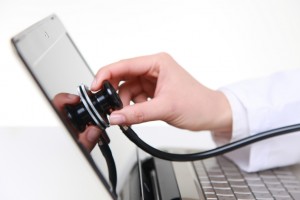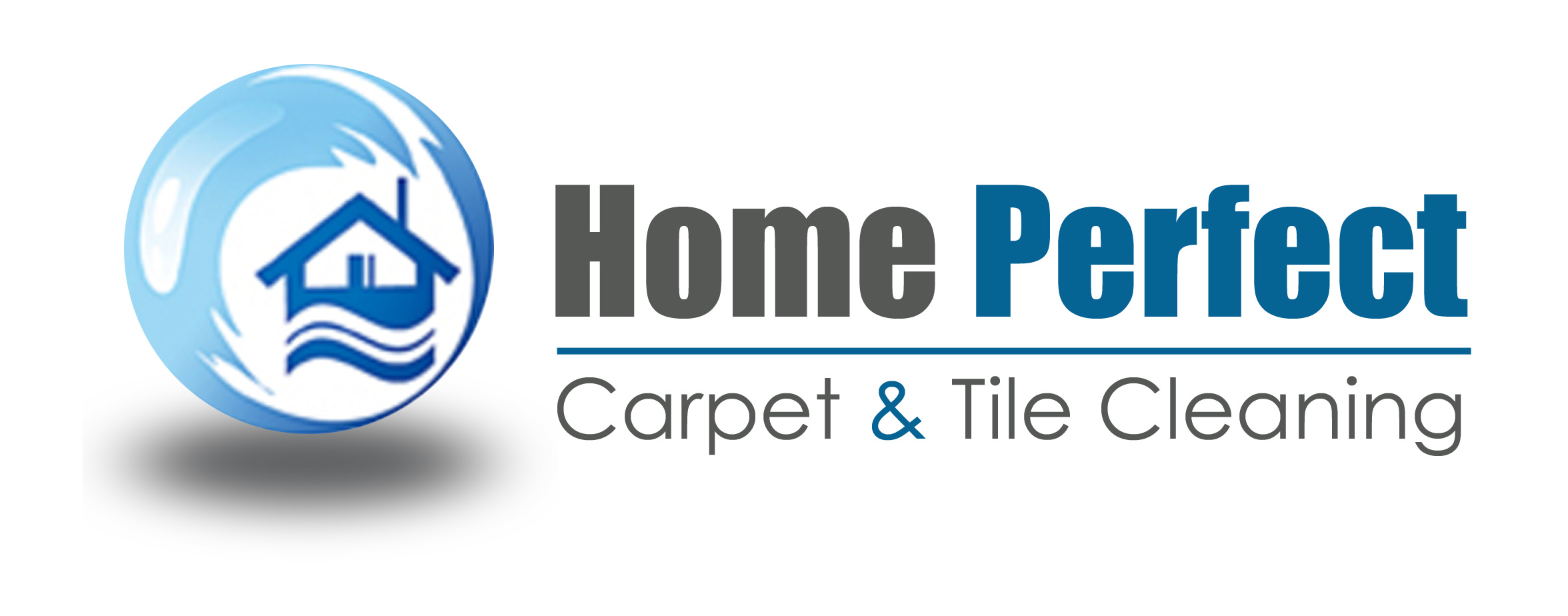Email… Is It Real or Is It Spam?
Filed under: IT Support
 You might rely on spam filters to filter emails coming into your employees’ inboxes, but the technology is far from perfect. Yes, a spam filter will greatly reduce the amount of junk emails you and your workers receive, but some very clever spammers will still slip through the cracks. Learning to recognize the difference between real emails and fake ones will protect your computers from viruses and data theft, save you time and money, and make your workplace more efficient.
You might rely on spam filters to filter emails coming into your employees’ inboxes, but the technology is far from perfect. Yes, a spam filter will greatly reduce the amount of junk emails you and your workers receive, but some very clever spammers will still slip through the cracks. Learning to recognize the difference between real emails and fake ones will protect your computers from viruses and data theft, save you time and money, and make your workplace more efficient.
Step One: Check the subject line. Many spam messages will be quite transparent, including wording such as “limited time offer” or “you won’t believe this bargain”. Look for typical sales language. Some spammers are getting smarter, and try to make their subject lines sound more casual, which is why you should proceed with caution to step two.
Step Two: Check the sender’s email address. If you communicate regularly with someone, you already know and recognize their email address. Any emails from unfamiliar addresses should be viewed with suspicion. If a business name is listed in the “from” field, this is likely to be a spam email. Investigate the email’s return path to see if it matches up with a legitimate business email. Remember, financial institutions won’t ask for sensitive information like passwords through email, and you can always call them to inquire about any emails that might or might not be from them.
Step Three: Examine the content. Spammers usually don’t know your name, so they will send out form letters addressing all of their targets as “dear friend” or valued customer”. You might also notice strange spelling errors, poor grammar, or awkward wording that does not read like native English.
Step Four: View links with suspicion. Con artists will direct you to a website that looks official, but is simply a good imitation of the real thing. You might notice a slight difference in the URL. They usually do this in hopes of getting you to enter your password or other sensitive information.
Step Five: Avoid attachments like the plague! Unless you are absolutely certain that an attachment was sent by a trusted source, do not open it! It’s at this stage of the spam game that your computer will become infected with a virus.
Step Six: Educate your employees. Your computer network is only as secure as its weakest link. In other words, it only takes one employee making one mistake, for your entire network to be compromised. Make sure your employees understand the above rules, and use them every day.
For more help protecting your computers from spam, viruses, and other damage, call Davik Inc at 1-888-RING-MY-TECH.











